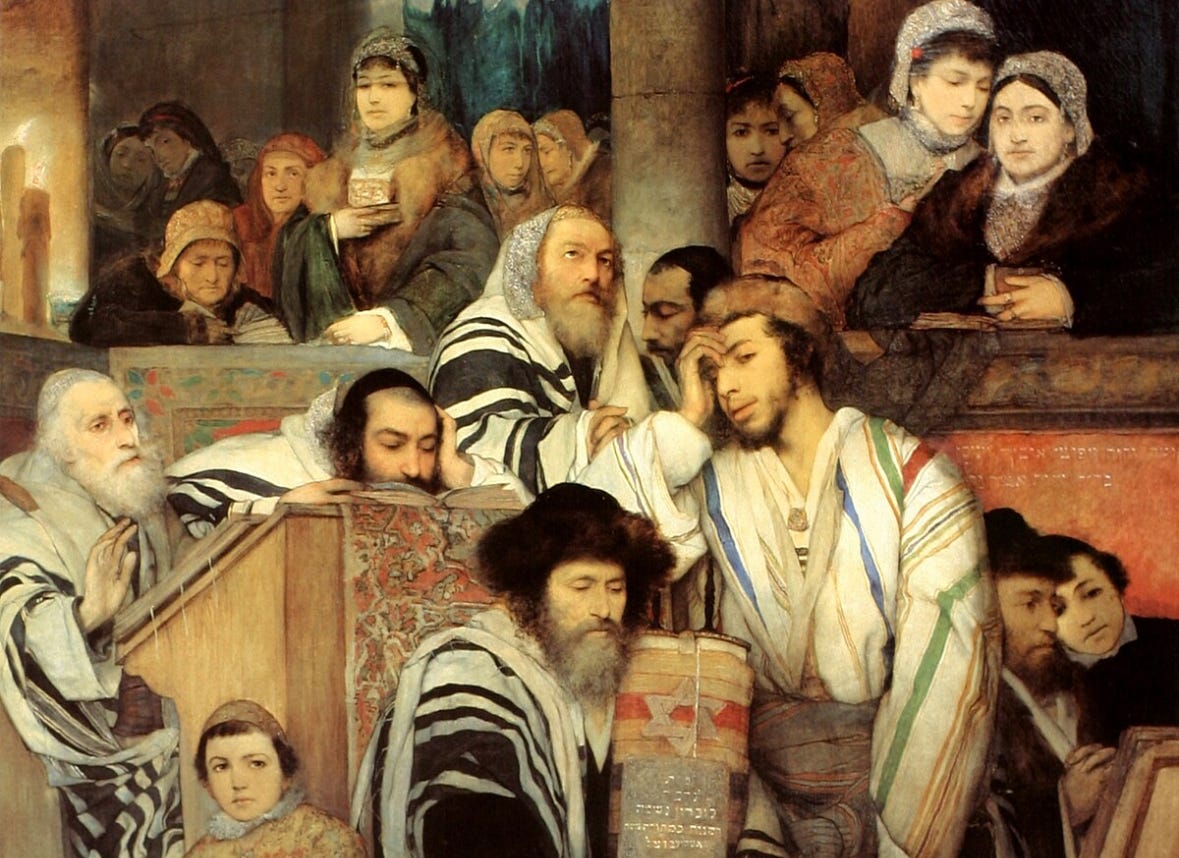This article was originally published on PJ Media.
As Jewish Israelis marked the Day of Atonement and the start of the Jewish New Year, Lebanese Hezbollah terrorists spent the day firing at and trying to kill Israelis.
Israel’s Foreign Ministry noted that, while Jews in Israel marked Yom Kippur, Islamic terrorists took the opportunity to launch yet another of their constant attacks on Israeli civilians. “On the holiest holiday for the Jewish people, approx. 320 projectiles were fired from Lebanon by Hezbollah toward Israeli civilians. This should tell you everything you need to know about our enemies,” the Foreign Ministry posted.
Israeli diplomat Yaki Lopez clarified that the barrage included “a suicide UAV aimed at the densely populated city of Herzliya in central Israel. This is a testament to the ruthless nature of Hezbollah.”
The State of Israel’s X (Twitter) account also posted a message before the holiday noting the impact of the ongoing war with various Muslim terrorist groups on the Jewish holiday. “Yom Kippur, the holiest day of the Jewish year, is a time of deep reflection, fasting, and prayer. This year, our prayers have an even deeper meaning,” Israel stated.
It then expressed a series of prayer intentions. “May this sacred day bring peace and stability to our nation, to the Jewish people, and to the world. May our brave men and women in uniform, along with our families in northern and southern Israel, be protected. May the hostages be returned swiftly and safely to the embrace of their loved ones. May we be sealed in the Book of Life, with hope and strength to carry us forward.”
Israel’s post ended with the traditional Yom Kippur greeting, “Gmar Chatima Tova,” or “a good signing/sealing” (referring to the Jewish belief that the names in the Book of Life are sealed on Yom Kippur).
Read Also: Scotland Criminalizes Prayer at Home to Protect Abortionists
The Jerusalem Post explained why Yom Kippur is such a significant Jewish holiday, from Biblical days onwards, and how it is celebrated. In the days of the Jerusalem Temple, the religious services included the symbolic transferring of sins to the “scapegoat” sacrifice and the high priest’s entrance into the Holy of Holies and speaking God’s sacred name YHWH. Now, post-Temple, the services are somewhat different.
[Jerusalem Post] Also known as the Day of Atonement, the holiday marks the completion of the Ten Days of Repentance that began on Rosh Hashanah and is marked with a 25-hour fast and numerous rules and restrictions… The fast of Yom Kippur is explained in the Bible and described in the Book of Leviticus as a day of cleansing, where the Jewish people atone for their sins, become pure, and pray that they are inscribed in the Book of Life…
Like Shabbat, creative labor and the use of electronics is forbidden. However, it does not stop there. Also forbidden is showering and fully washing one's hands, applying deodorant, wearing leather and jewelry, and having marital relations.
Jews traditionally wear white on Yom Kippur, and Ashkenazi Jews wear a kittel, a garment that is also associated with death since some Jews are buried in it. Yom Kippur is thus a holiday that blends fasting and joy, Biblical and regional traditions, atonement for sin and hope for eternal blessing. Let us pray that next Yom Kippur, Israel will no longer have to worry about terrorists constantly firing upon their civilians.



